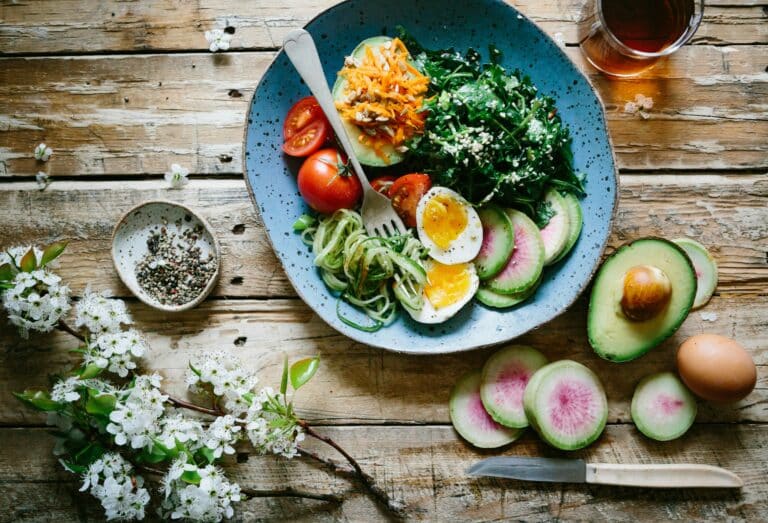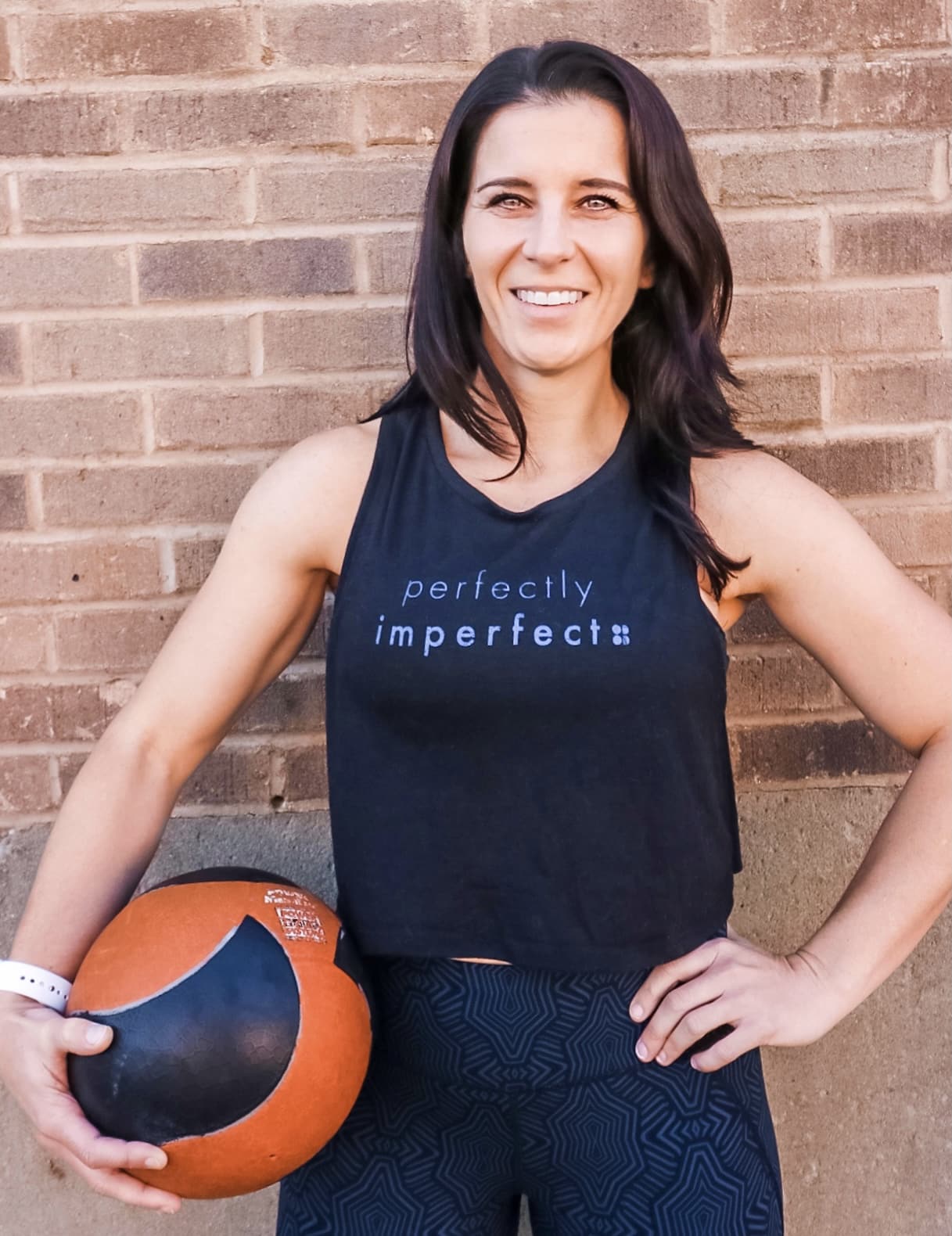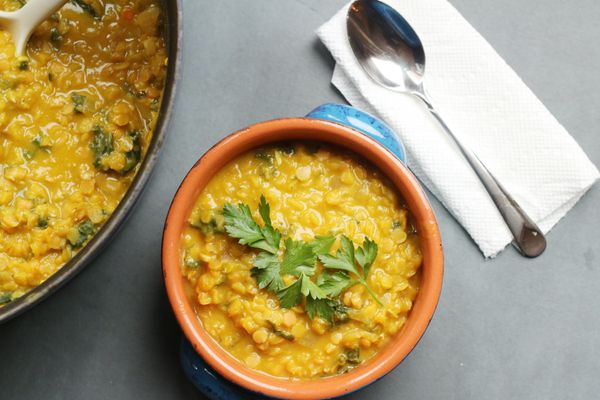The chances are that you’ve very familiar with the saying “you are what you eat.” It’s a simple saying, but it’s fuelled a lot of discussion about the role of diet and your health, or even your personality in some cases. Some people see it as a gross oversimplification of food, some see it as a borderline dangerous saying that encourages guilt around food, while some people believe that there’s a lot of truth in the principles of paying attention to what you eat.
This article isn’t about settling this debate or even adding to the voices around it. But while the saying might encourage different opinions, it does draw attention to the fact that what we eat matters.
If you’re trying to be healthier, part of your health journey should involve your diet. But what is the difference between designing a diet and dieting, and how can you create a healthy diet for your body and your goals?
Diet Vs Dieting
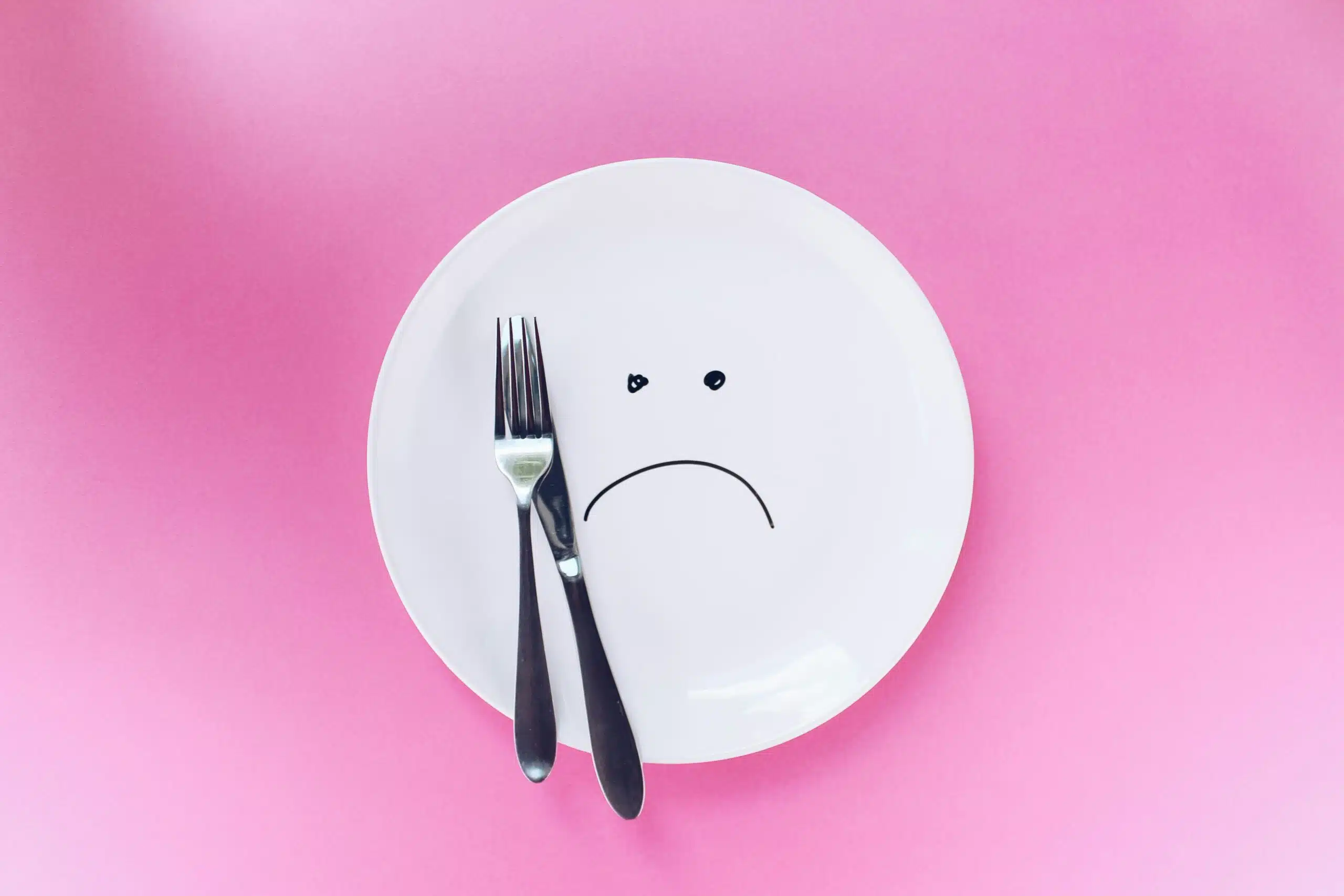
When a lot of people think about diets, they might think about crash diets that promise to help you rapidly lose weight. In some ways, these diets can work. You might shed the pounds for a couple of weeks or so.
But these crash diets are rarely sustainable or healthy. You will feel unwell and find it difficult to enjoy food. Also, while you might lose weight to start with, this will soon stagnate. Some people even put on more weight than they lost after the diet.
But changing your diet refers a more permanent, healthy, and sustainable shift in your lifestyle. It’s not just about losing weight quickly, but it’s about adopting a way of eating that’s more healthy for you. Some people might require a diet that helps them gain weight, depending on their needs and goals.
Here are a few ideas for ways to change your diet.
Home Cooking and Healthy Food

One way to change your diet for better health is to make small but meaningful changes. If you don’t have any specific goals or don’t want to make any major changes, home cooking can be a great option.
When you cook from home, you control everything that goes into the dish, so you know exactly what you’re eating. Besides, cooking can be satisfying, affordable, and enjoyable. Look for quick and healthy dishes that you enjoy and switch out some of your daily meals.
Home cooking can also help you reach certain goals, especially if you want to restrict certain parts of your diet or increase your nutritional intake. For example, if you’re trying to reach specific fitness goals and build muscles, you might want to heavily focus on your protein intake.
If your doctor does suggest specific diets or changes, they are easier to incorporate into your diet if you cook for yourself.
Keto Diet
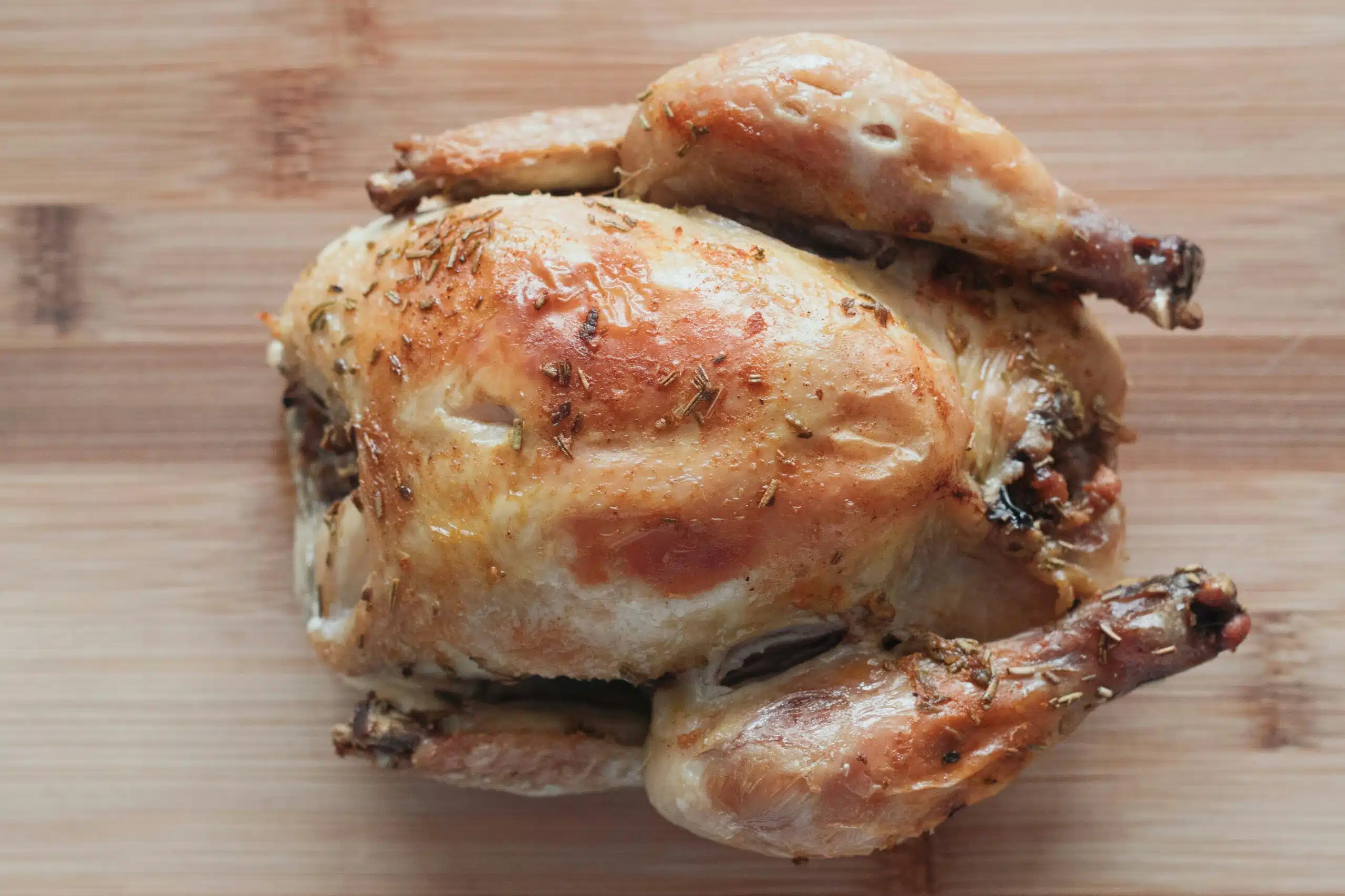
The keto diet (short for ketoacidosis) is a controversial diet, in part because it’s so restrictive compared to what we’re used to. Some people have found that they lose weight and feel great when they try this way of eating, while others struggle with the seeming lack of variety and inability to enjoy a lot of their favorite foods.
Keto revolves around essentially cutting out high-carb and sugar foods and instead mainly focusing on meat, fat, and leafy vegetables. For a lot of people, it’s difficult to achieve the correct ratio, meaning that they don’t get the full potential benefits of keto.
One thing that can help is keto meal delivery, as you can be assured that you receive delicious, well-balanced keto-friendly meals without having to improvise all the time.
Of course, as mentioned before, not every diet is ideal for every person. Some people struggle more with keto than others, and it might not necessarily be the healthiest option for you.
Vegetarian Diet
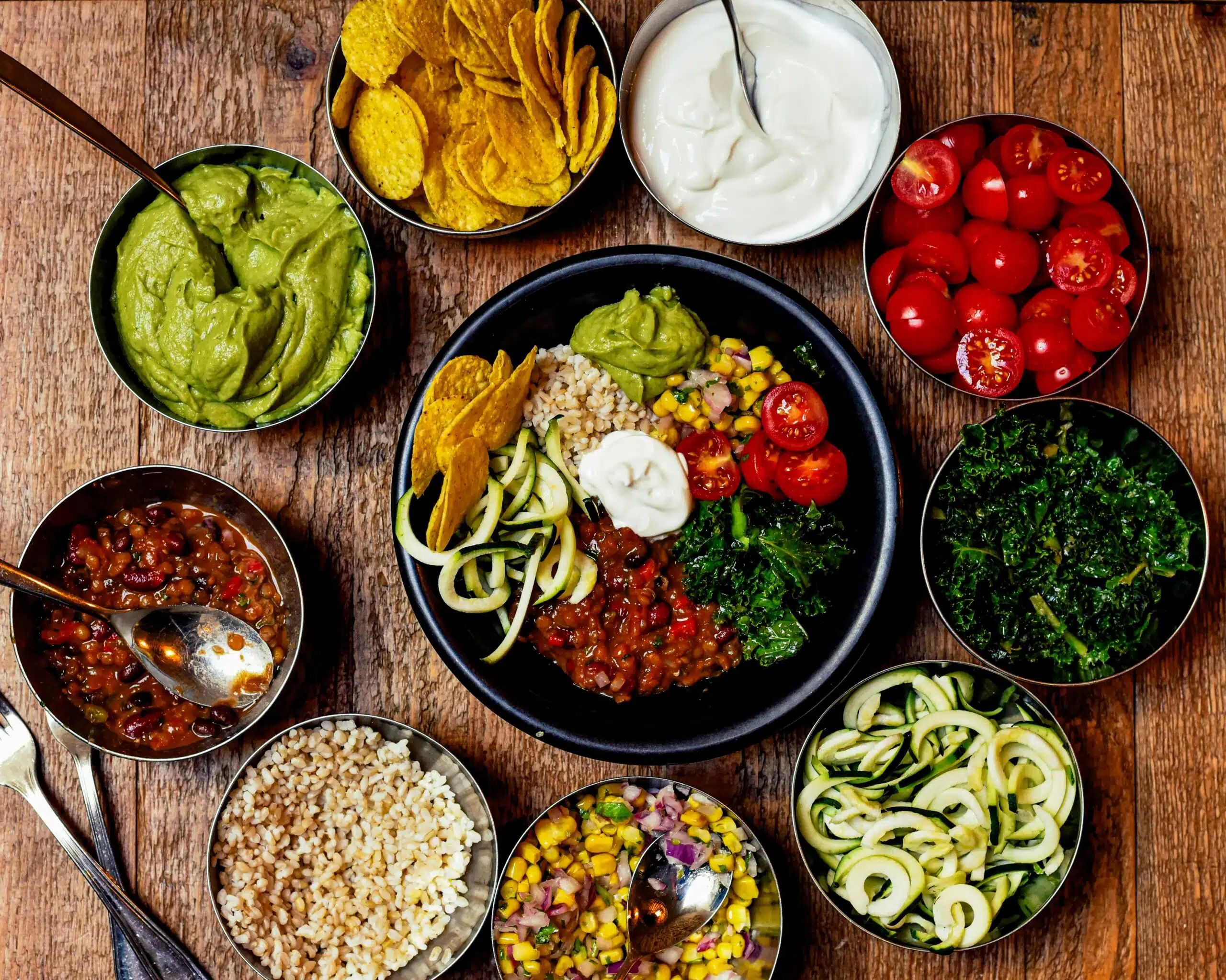
On the other side of the scale, we have the vegetarian diet. Vegetarians don’t eat any meat products, although you might find people on different levels of the spectrum. On the extreme other side of the spectrum, we have the carnivore diet, which is even more focused on meat than keto. Or you might have a pescarian, who eats fish but not meat. Then you have people who follow a plant-based or vegan diet, which means cutting out animal products as well as meat.
You might decide to become vegetarian for a variety of reasons. Some people don’t like the idea of killing animals for their food, or they might be trying to be more environmentally conscious. But you might also decide to reduce or cut out meat from your diet due to health reasons.
Vegetarian food can be absolutely delicious and healthy, as long as you understand how to get the nutrients you need. The problem with a restrictive diet is that you might miss out on protein or specific vitamins that are commonly found in meat or animal products.
While multivitamins can help to bridge this gap, it’s always better to improve your diet itself. Thankfully, it is possible to eat well as a vegetarian and still have a balanced diet, you just need to do your research.
The Mediterranean Diet
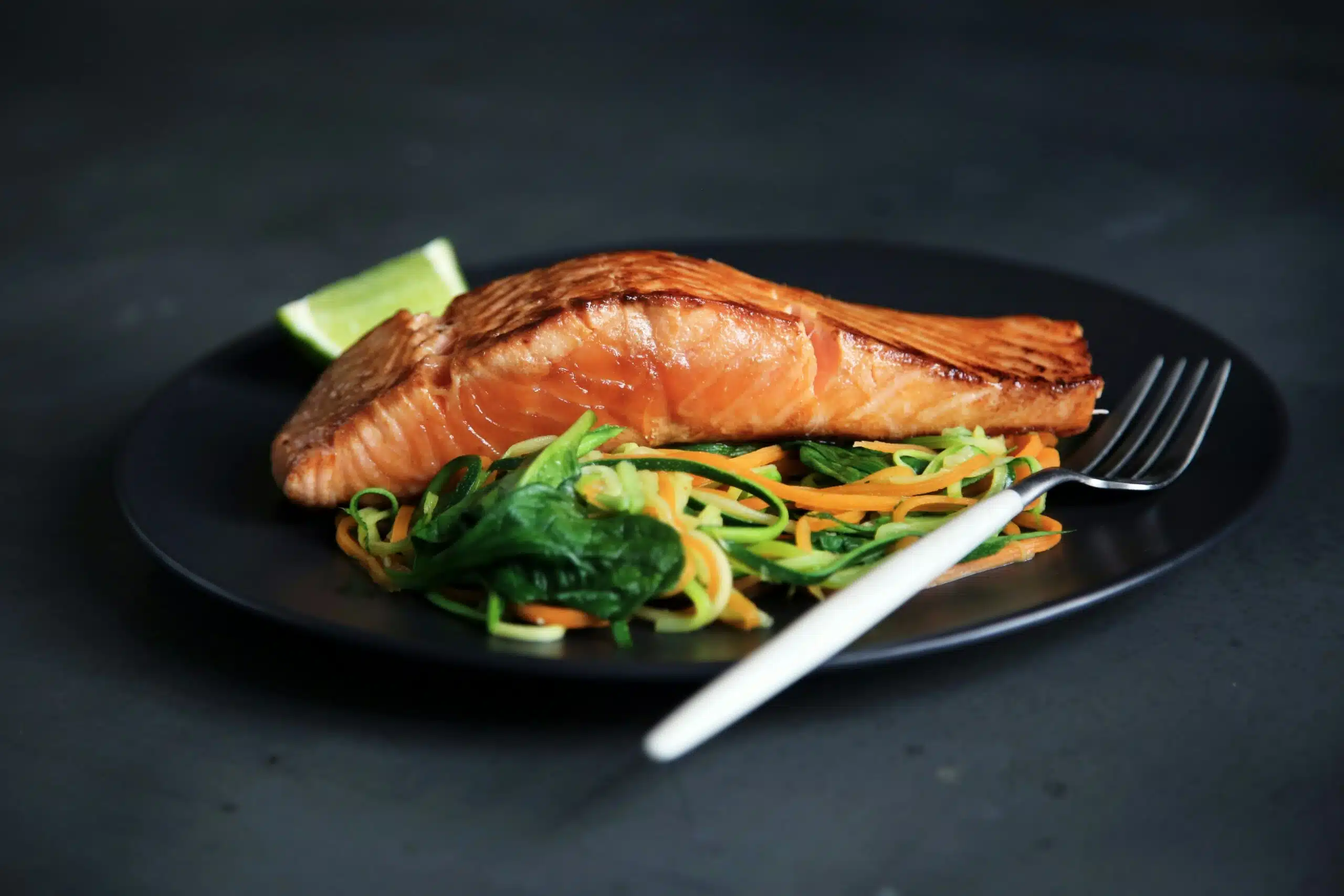
One diet that is increasingly popular among people and health professionals alike is the Mediterranean diet. As the name suggests, this diet involves a lot of food available in places surrounding the Mediterranean sea, but it’s most well-known for being very healthy, tasty, and accessible.
It is highly recommended for people with an increased risk of heart disease, diabetes, and other health conditions, as well as to improve good general health.
Unlike some other diets, this way of eating isn’t particularly restrictive.
Generally, the main focus of what you eat is plant foods, including olive oil as a source of fat. Dairy products, fish, and poultry are eaten alongside these plant foods, and red meat is a less common part of the diet. But nothing is entirely cut out, just controlled.
Whatever diet you choose, the important thing is to pay attention to how you feel and work out the best option for you.
